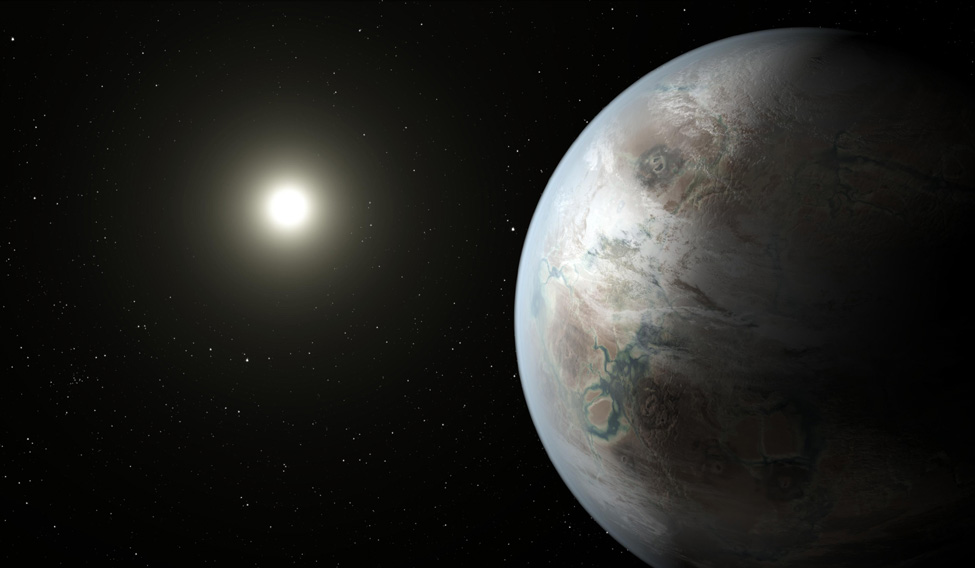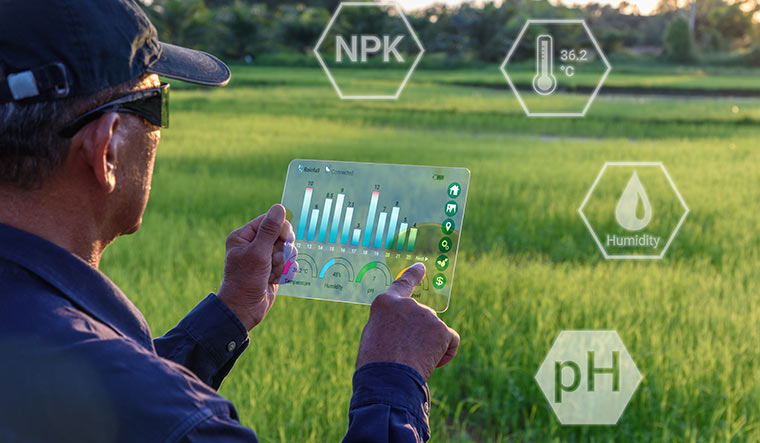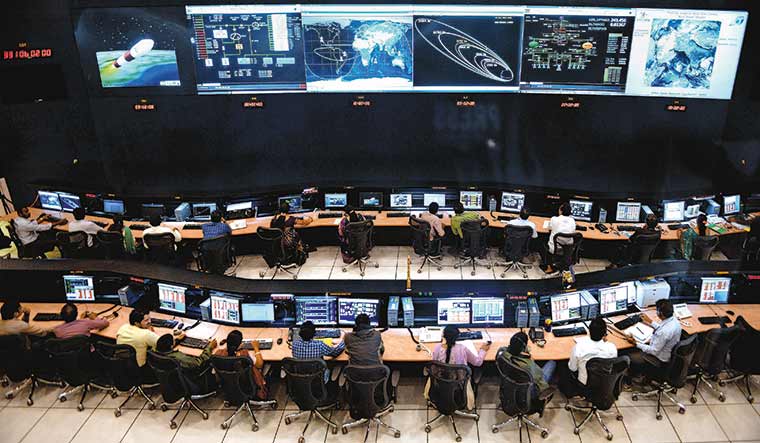
fter the success of the Moon mission, ISRO has set sights on unlocking the mysteries of dying stars and exo-planets a few of that are recognized to have ambiance and are thought-about liveable, Indian Area Analysis Organisation Chairman S Somanath stated on Tuesday.
Delivering a lecture organised by the Indian Nationwide Science Academy (INSA), Somanath stated the area company was additionally planning a mission to check the planet Venus, two satellites to check area local weather and its affect on the earth, and conceptualising a mission to land a spacecraft on Mars.
ISRO Chairman S Somanath introduced that the Indian Area Analysis Organisation is now aiming to discover the enigmatic phenomena of dying stars and exoplanets with doubtlessly liveable atmospheres. As well as, ISRO has plans to conduct a mission to research the planet Venus, launch two satellites to check area local weather and its results on Earth, and is within the strategy of conceptualizing a mission to efficiently land a spacecraft on Mars.
He stated XPoSat, often known as the X-Ray Polarimeter Satellite tv for pc, is ready to be launched in December of this yr. This satellite tv for pc is meant for finding out vibrant X-ray pulsars, that are stars which can be nearing the top of their life cycle.
“We’re additionally conceiving a satellite tv for pc known as ExoWorlds, a mission for taking a look at exo-solar planets or planets which can be outdoors our photo voltaic system and orbiting different stars,” Somanath stated.
Somanath defined that there are over 5,000 recognized exoplanets, with at the least 100 of them believed to have atmospheres. The primary goal of the ExoWorlds mission is to research the composition of those exoplanet atmospheres and decide if they’re conducive to supporting life or in the event that they already harbor life types.
He stated the plans for a Mars Lander Mission too had been on the conceptual stage.
In line with the ISRO chief, finding out Venus is essential resulting from a number of elements. One important cause is that Venus has an environment with an atmospheric strain roughly 100 occasions larger than that of Earth’s close to its floor. Nonetheless, the precise reason for this excessive atmospheric strain stays unknown to scientists. Moreover, Venus is surrounded by dense clouds that comprise acidic compounds, making it extraordinarily difficult to discover the planet’s floor.
“It is very important perceive the evolution of planetary our bodies. Provided that you have a look at Venus, Mars one can truly research what results are there in your actions on the earth that really makes it liveable or non-habitable. All this may rely in your understanding of it and the flexibility to behave on it,” Somanath stated.
(With inputs from PTI)



